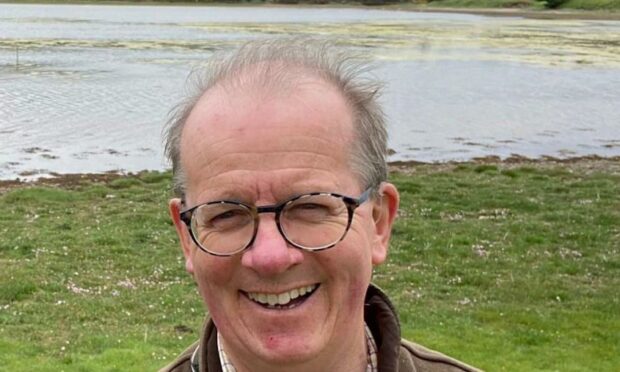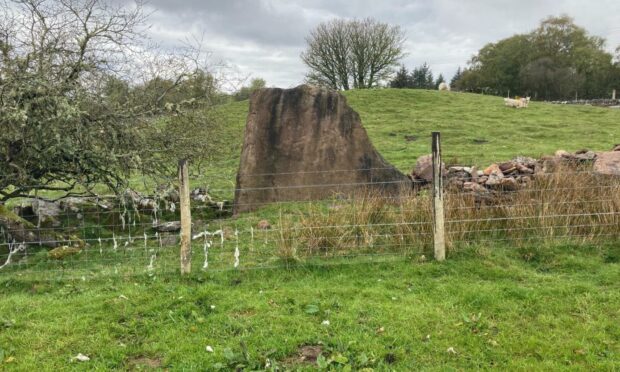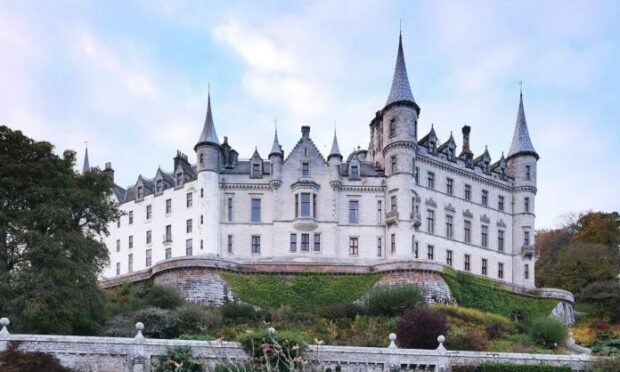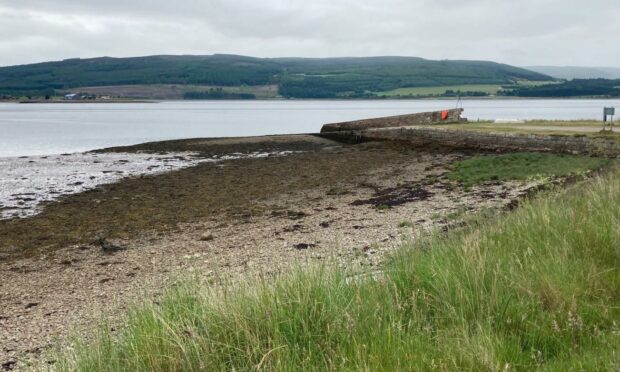The year is 1746. Jacobite soldiers are defeated by Government troops in battle, dealing a blow to the hopes of Prince Charles Edward Stuart to gain the British throne.
But this is not Culloden. Rather a skirmish fought the day before, but which could have had a major impact on the infamous rout that was to follow.
The Battle of Littleferry on April 15 1746 has largely been forgotten, overshadowed by Bonnie Prince Charlie’s defeat by the Duke of Cumberland a day later.
Plans to raise awareness of ‘lost’ event
However, a military leader has now rallied the troops to help raise awareness of the lost event. A book about the battle is proposed and planning permission is being sought to erect a memorial stone on the battlefield site to commemorate the fallen on both sides.
There are also plans for a memorial garden and battlefield trail to add to tourism attractions in the Golspie area, with links to Culloden and Dunrobin Castle.
It was originally planned to have the initiative completed by the 275th anniversary of the battle this year. But it has been delayed by Covid and the target is now April 15 2022.
Littleferry resident Major General Patrick Marriott, a former commandant of the Royal Military Academy at Sandhurst, is behind the idea and part of a project committee. He is also writing the book of the battle.
“This is the first time ever that a full history of the battle has been written and is being captured by the erection of a memorial stone.
“Very few have really been able to research the battle before and little interest has been shown in it. Increasing digitisation and access to hitherto largely unknown primary sources has made this much easier.
The battle was overshadowed so much by Culloden that it it disappeared
Maj Gen Patrick Marriott
“The battle was overshadowed so much by Culloden that it disappeared; yet how many villages in the UK have a pristine battlefield around them.”
The battle involved a 300-400 strong regiment under the Earl of Cromartie and three Government-supporting militia companies.
Cromartie’s men were heading to join Prince Charles at Culloden from Caithness and Sutherland where they under orders to gather ammunition, money and recruits.
They arranged to march from Dunrobin Castle to Littleferry, but their plan was revealed with the help of local spies and “skulduggery”.
One of the militia companies attacked from the rear, causing Cromartie and many of his officers to retreat to Dunrobin where they are surrounded.
The rest of the regiment was hit by the militia and effectively routed. About 50 were killed and 178 were captured in the bloody running battle near St Andrew’s Church in Golspie, along the ferry road and at the harbour.
When Cromartie surrendered about £1,000 is taken from him by the government forces. A tribunal was set up to give the money to people who put forward the strongest case for what they suffered during the battle.
News of the defeat would have raised Cumberland’s morale
Maj Gen Marriott has used the letters from 1746 and other contemporary accounts to research the events around the battle: “I imagine they may have been slightly economical with the truth, as clearly the more they write the more they hope to get.
“However, when you put them all together you get a good picture of how events unfolded.”
Even if they had not been defeated, Cromartie may not have got to Culloden on time. If he had, his troops would have been exhausted and integrating them into the Jacobite army would have been difficult.
“But most importantly”, said Maj Gen Marriott, “news of the defeat would have reached Cumberland and raised his morale. It probably would also have got to Prince Charles who heard he lost a regiment, most of whom had surrendered disgracefully. That would have lowered the morale of the Jacobites even further.
“It wasn’t a huge battle, but it was significant.”
He added: “From a military perspective the battle is a brilliant vignette using brilliant tactics. I enjoyed working the ground with a soldier’s eye, working out where they might have fought.”
The project team has located a huge stone, weighing 7-10 tonnes, from the side of Ben Bhraggie, a hill above Golspie.
Made of red Sutherland sandstone and believed to date back more than 400 million years, it stands around 6ft high and 5ft wide. It will be engraved with the names of fallen soldiers and placed on a site on the Golspie to Littleferry road.
The project aims to involve local schools and become a tourist attraction: “It has education, heritage and tourism aspects”, said Maj Gen Marriott. “It is potentially very significant, particularly for Golspie.”
The popularity of the multi-million selling Outlander books and TV series have increased interest in Culloden and the 1745 Jacobite Rising in recent years.
Raoul Curtis-Machin, National Trust for Scotland operations manager at the Culloden visitor centre in Inverness, said the Littleferry project will add to the interest.
He said it is aimed to have a display at the centre to promote the Battle of Littleferry site and trail once it is open.
“Anything where visitors can see the story and context of Culloden is a great thing.
“There are all sorts of spots that are relevant to the ‘45 Rising. The more we can link up and get places on the map for people to visit the more chance they will be staying longer in the area.
“Once people discover the story they are really interested in finding out more.”
To find out more contact battleoflittleferry@gmail.com





